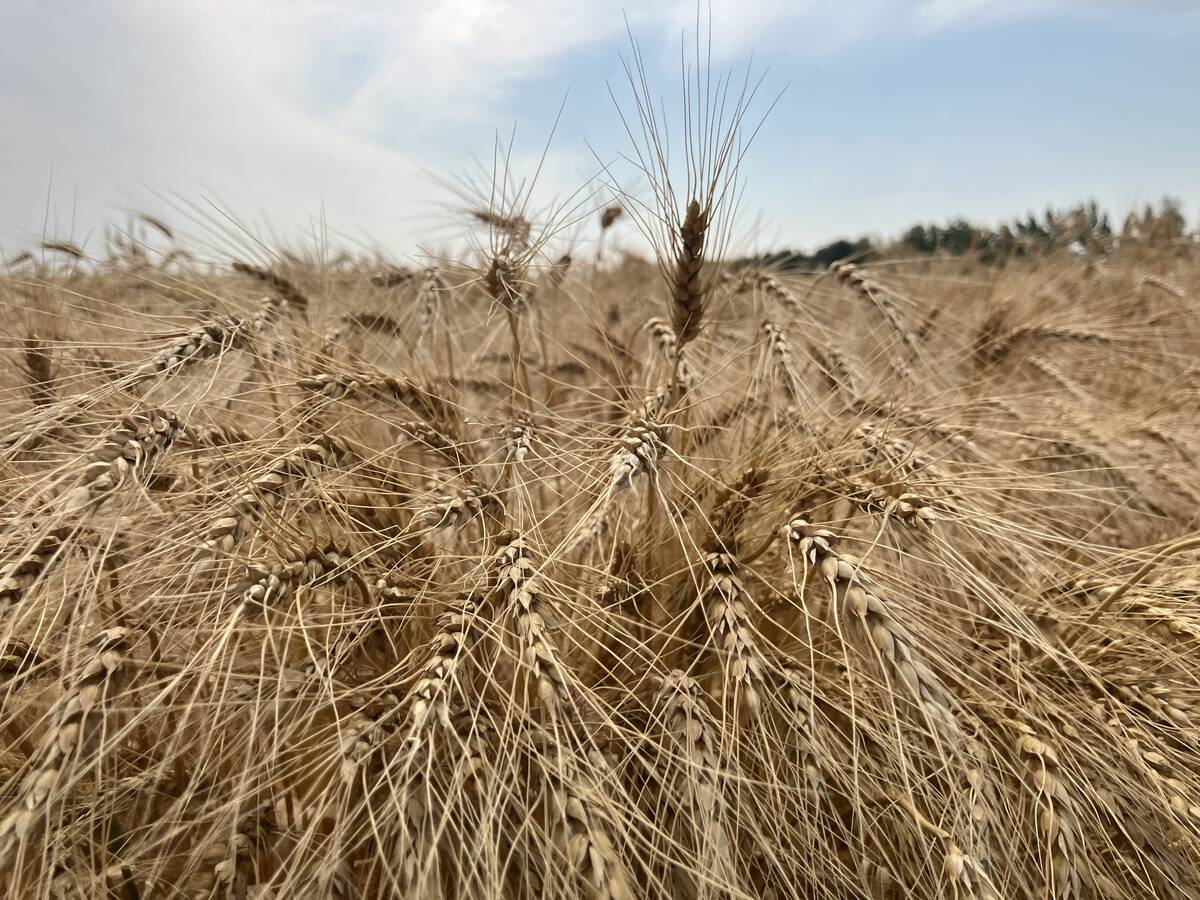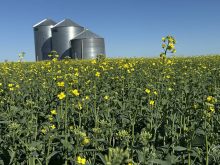TAMPA, Fla. – It is too early to know the full extent of winterkill and drought damage to the U.S. winter wheat crop, but industry leaders say it doesn’t look good.
Crop reports in three states that account for 49 percent of 2011 winter wheat acres paint a grim picture.
Forty percent of the crop was rated poor or very poor in Kansas and 56 percent fell into the same categories in Texas as of March 6. Oklahoma hadn’t released its latest report as of press time but 42 percent of the crop was poor or very poor as of Feb. 28.
Read Also

Prairie spring wheat looks like a bumper crop
Canada will likely set a new record for spring wheat yields this year, topping the previous mark of 54.1 bushels/acre – set in 2020
Those numbers are much worse than last year at this time and are reminiscent of 2006, a drought year that resulted in a U.S. average yield of 41.7 bushels per acre, well below the 2010 average of 46.8 bu.
“The winter wheat crop is not a bumper crop by any means,” said David Cleavinger, past president of the National Association of Wheat Growers.
U.S. farmers seeded 41 million acres of winter wheat in 2011, up 10 percent from the previous year.
In its February Pool Return Outlook for the 2010-11 crop, the Canadian Wheat Board said all eyes are on the 29.6 million acres planted to hard red winter wheat.
“World attention will be focused on the progress and condition of the U.S. hard red winter crop as the prime indicator of the depth and degree of quality wheat availability in the early portion of the 2011-12 marketing year,” said the CWB.
U.S. Wheat Associates president Alan Tracy said the fortune of the crop rides on how much winterkill occurred.
If the crop is alive, it can recover from drought.
“If it’s dead, it can’t,” he said.
Cleavinger said severe drought has undoubtedly reduced hard red winter wheat yield potential, but it could be worse.
“We don’t think it’s as bad as the 2006 levels right now,” he said.
And there is potential for recovery.
“Wheat is a plant of nine lives,” said Cleavinger.
Snow and rain were forecast this week in northern Kansas and Nebraska but the storm would miss southern Kansas, Oklahoma and Texas.

















